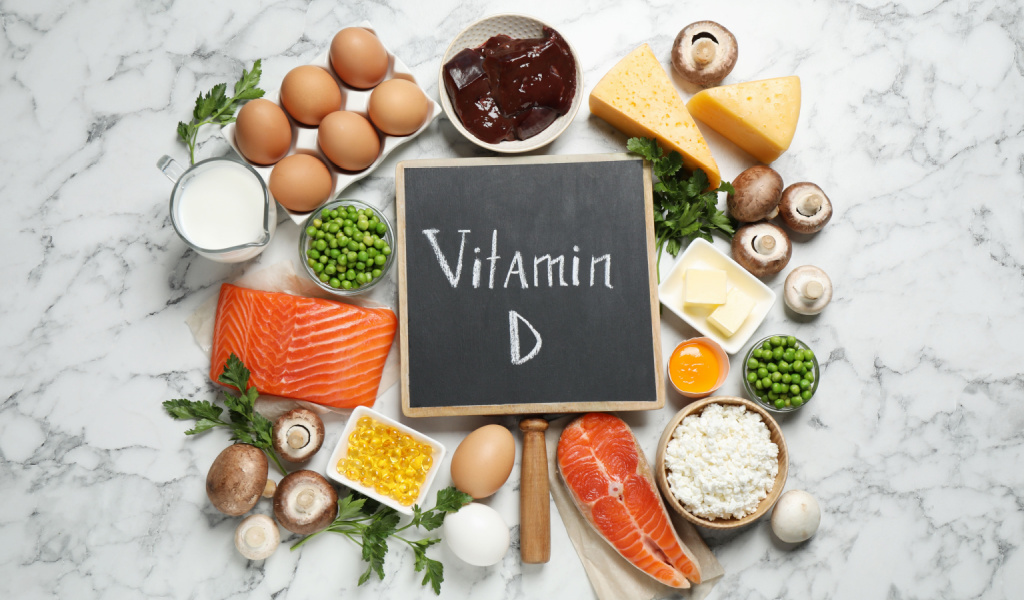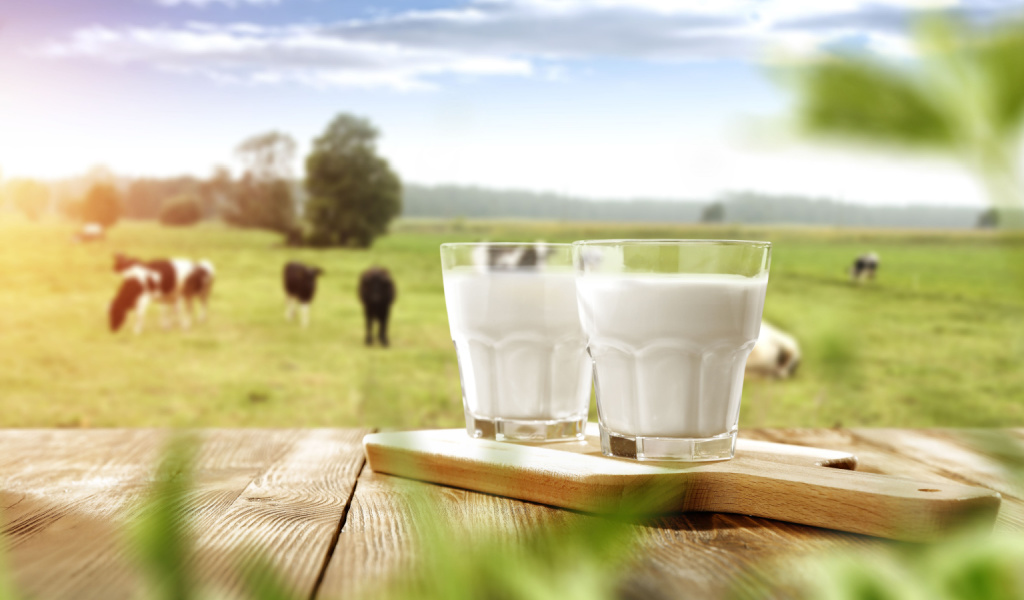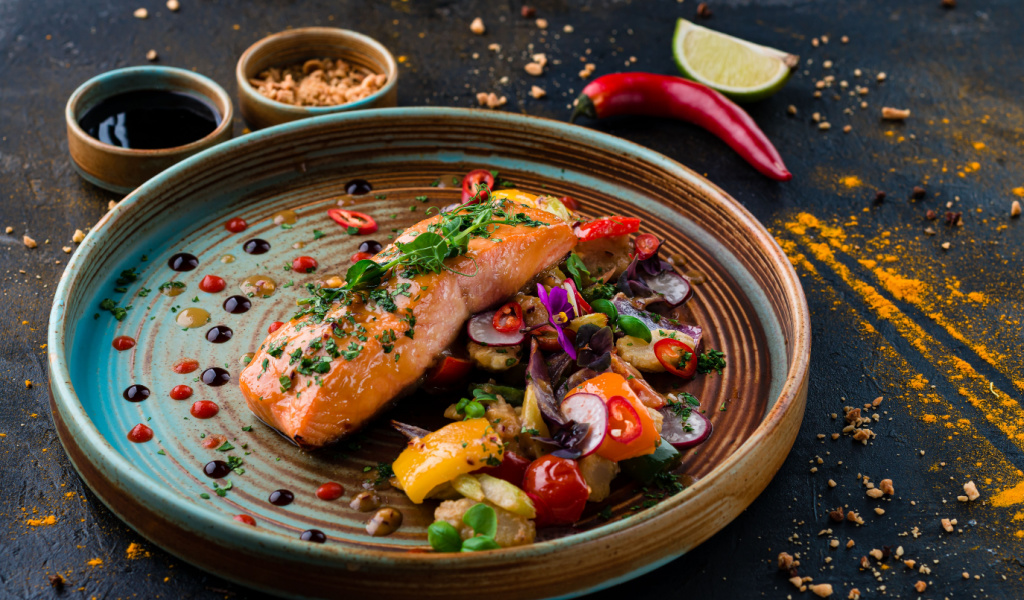Vitamin D plays an important role in many bodily functions such as calcium absorption, bone growth, and regulation of the immune system. It also helps provide improved resistance to certain diseases such as osteoporosis, schizophrenia, and rickets.
The human body produces vitamin D in response to sun exposure. But the sun doesn’t have to be your only source of the essential vitamin. A person can also boost their vitamin D production through various foods. Although there aren’t many foods that contain amounts of vitamin D significant enough to make an impact, that doesn’t mean it’s impossible to find them. In fact, you may be surprised to hear that many of your favorite foods already fall under this category.
Fortunately, with the aid of little sunshine, there are some go-to options that will help you get enough vitamin D, naturally. Here are some of the best foods to include in your diet that will provide you with some much-needed vitamin D.

Cheese
Increasing the amount of cheese in your diet is the easiest and tastiest solution to get your dose of vitamin D. Among all the cheese, ricotta has the highest vitamin D content with 25 IU (International Unit), according to the handy database of USDA. So, go ahead and add that little bit of extra cheese to your burger or pizza to get your sunshine vitamin.
Yogurt
Although yogurt isn’t a natural source of vitamin D, fortified yogurt contains up to 80 IU per serving. The good news is that many of the yogurt options you find in the market are already fortified, so you’ve probably already been getting vitamin D without being fully conscious of it. Yogurt is pretty easy to add to your daily diet – it is a snack, for breakfast, or as a soothing ingredient in a particularly spicy lunch or dinner.
Almond Milk
Almond milk is a nutritious, nut-based dairy alternative that is usually fortified with vitamins and minerals to enhance its nutritional value. A cup of almond milk in your diet provides you with 100 IU of vitamin D, which is almost one-fourth of your daily requirement. It can be consumed in a lot of ways, from adding it to your coffee or oatmeal to using it in baking recipes.
Soy Milk
Not a fan of almond milk? Try soy milk. Soy milk is plant-oriented milk produced by soaking dry soybeans and grinding them with water. One cup of soy milk contains 119 IU, even more, vitamin D than the nut-based dairy substitute.
Milk
While almond and soy milk are great choices, regular milk is the top source of vitamin D when it comes to foods you can consume. According to research conducted by the National Health and Nutrition Survey (NHNS), the average American gets almost half of their vitamin D from milk. In the US, one cup of milk is fortified with 100 IU, says the NIH.

Fortified Tofu
Fortified tofu can be a great alternative to dairy if you are following a plant-based lifestyle. Tofu has 10 grams of protein per half block. 120 IU of vitamin D is available per half block of fortified tofu, in addition to very few calories for what you’re consuming.
Mushrooms
Very few foods contain vitamin D naturally, but mushrooms are unique for being the only food with the potential to increase its vitamin D levels when it is exposed to UV light or sunlight. The shiitake variety contains 15 IU per cup, whereas chanterelles and morels, which are grown and harvested in the wild, have higher levels of vitamin D 206 IU per 100 grams and 212 IU respectively.
Oatmeal
Fortified oatmeal varieties typically contain a satisfactory amount of vitamin D. So, you can have some oatmeal for your breakfast or as a filling snack. Most varieties of instant oatmeal contain roughly 154 IU per packet.
Cereal
According to the National Institutes of Health, there is a great deal of ready-to-eat breakfast cereals that have been fortified with vitamin D, like oatmeal. You can enjoy a bowl of cereal with fortified cow, or soy, or almond milk to boost your vitamin D intake even more.
Salmon
Salmon is a popular fatty fish and a great source of vitamin D. You can find varieties of salmon that are either wild or farmed, but wild-caught salmon contains more vitamin D than farmed ones. Results from 2 different studies clearly identified the variance in vitamin D content. In a 100-gram serving, wild salmon can contain up to 800-900 IU, whereas farmed salmon contains around 526 IU of vitamin D. However, both varieties are good sources of vitamin D.

Eggs
Eggs are one of the few natural sources rich in vitamin D. Eggs from commercially raised hens contain about 37 IU of vitamin D per yolk, whereas eggs from hens given vitamin D-enriched feed may have up to 34,815 IU of vitamin D per 100 grams of yolk. Selecting eggs either from chicken raised outside or marketed as high in vitamin D can be a great way to attain your daily requirements.
Tuna
Tuna is one of the best dietary sources of vitamin D. Canned tuna contains 269 IU of vitamin D per serving, but opting for fresh and wild tuna will help you attain a higher level of vitamin D. However, take caution with the amount of canned tuna that you eat because its high levels of mercury can turn out to be toxic.
Sardines
Sardines are a fatty fish that could be your best choice for boosting vitamin D if you are a seafood lover. Fresh sardines are costly, so, if you can’t afford such an expensive source, go for the much cheaper canned version. 100 grams of canned sardines can provide you with 193 IU of vitamin D. Tiny sardines are a mighty source of vitamin D, with every 85 grams carrying around 240 IU of the sunshine vitamin.
Orange Juice
Though orange is not meant to contain vitamin D naturally, a lot of store-bought OJ brands are fortified with it. Normally, a cup of orange juice can contain 137 IU of vitamin D.
Swordfish
Swordfish is one of the best natural food sources of vitamin D and provides almost 100% of the recommended daily requirement for vitamin D. Although you certainly don’t see swordfish on the menu every day, a few ounces can provide up to 566 IU of vitamin D and that’s certainly enough for your daily value.



